Khiva -
Uzbekistan - 2013
It is just under 400 km from Bukhara to Khiva mainly through part of the Kyzyl Kum Desert.
Some goats in the desert along the way.
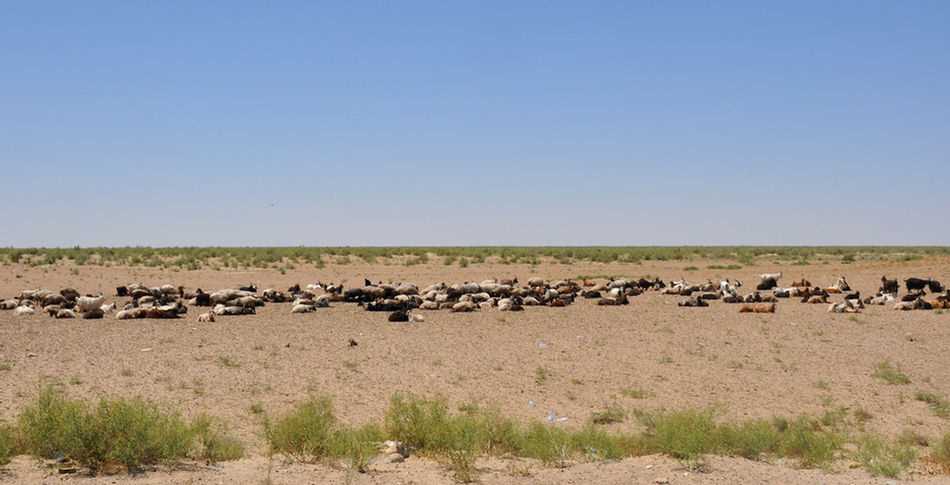
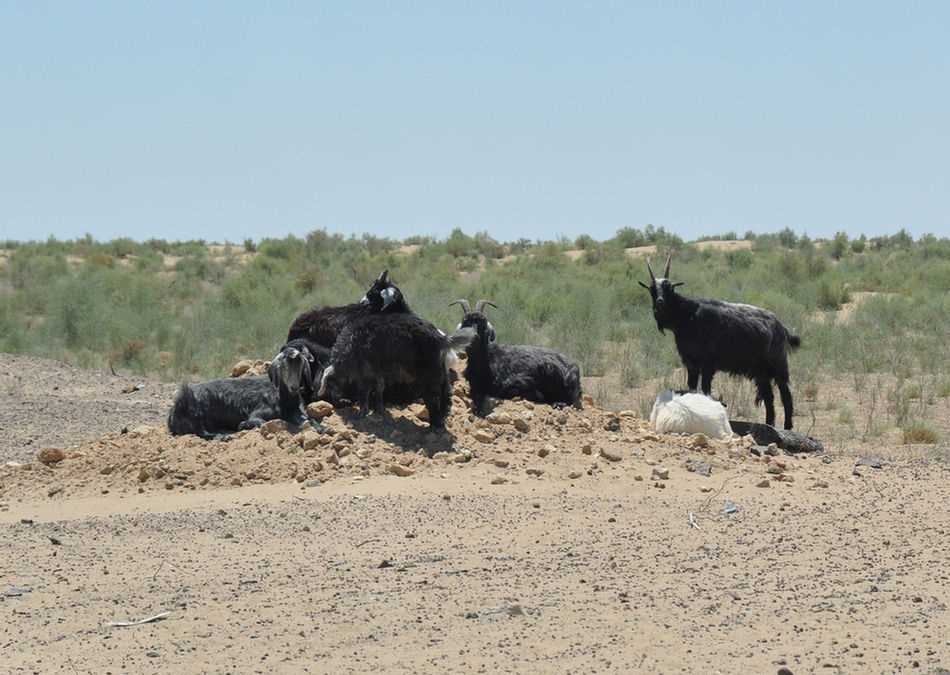
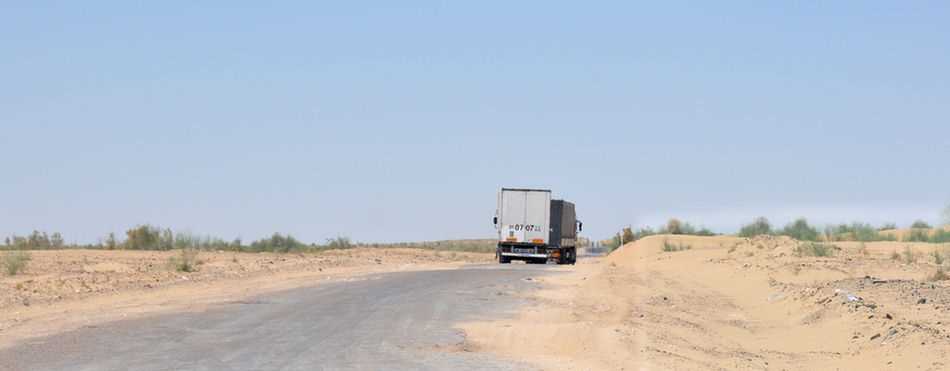
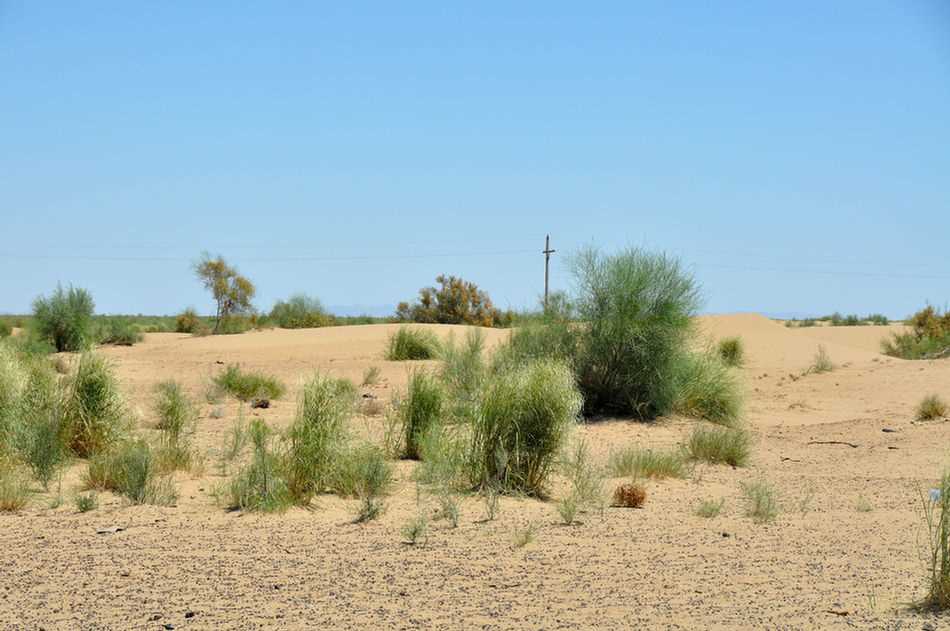
We stopped for a short break at a roadhouse.

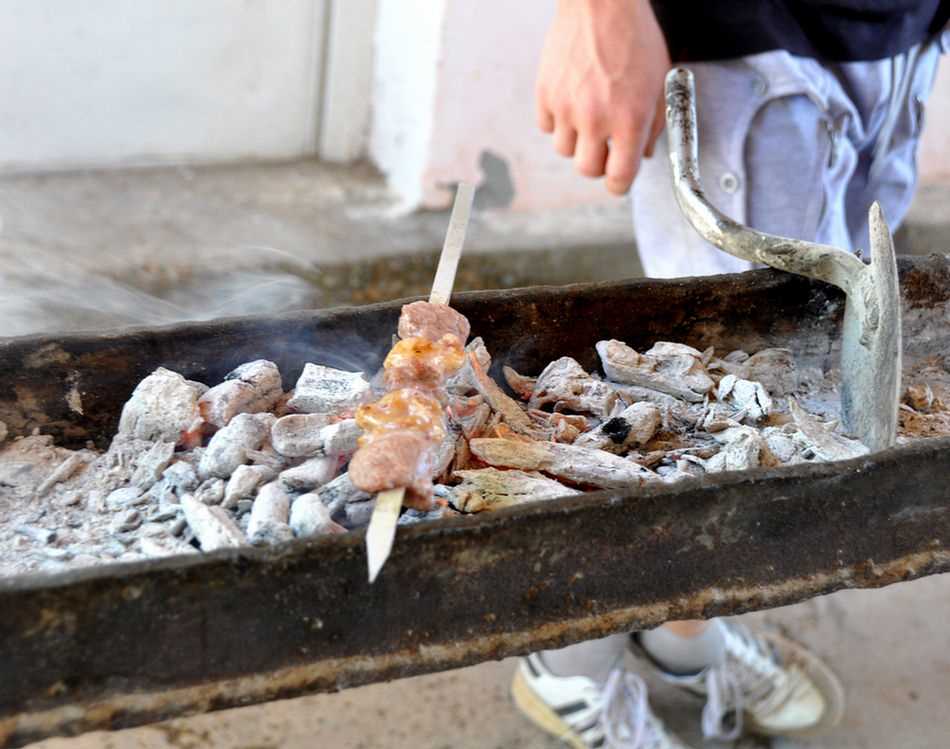
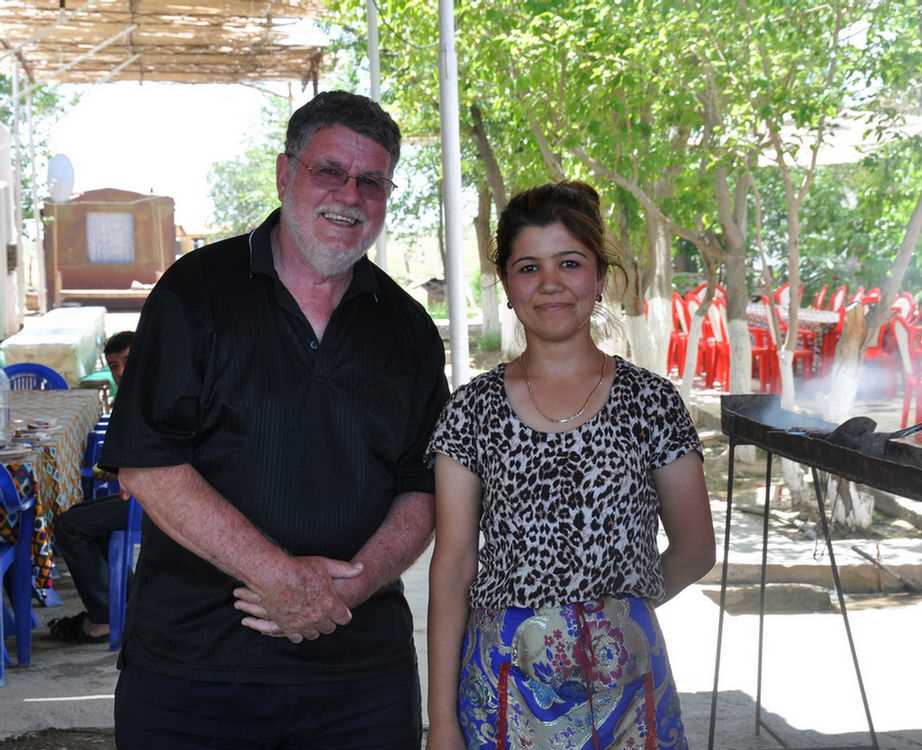

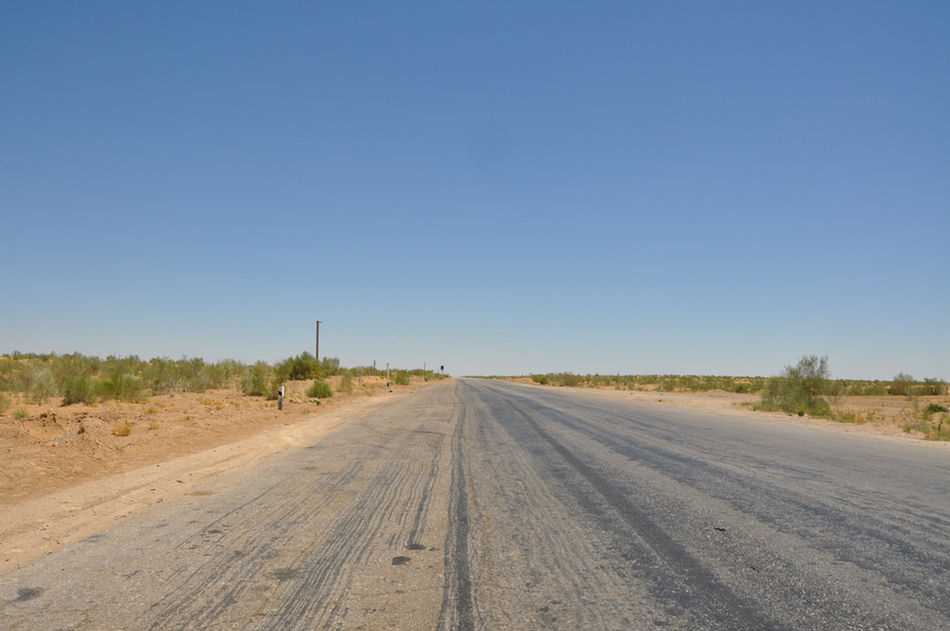
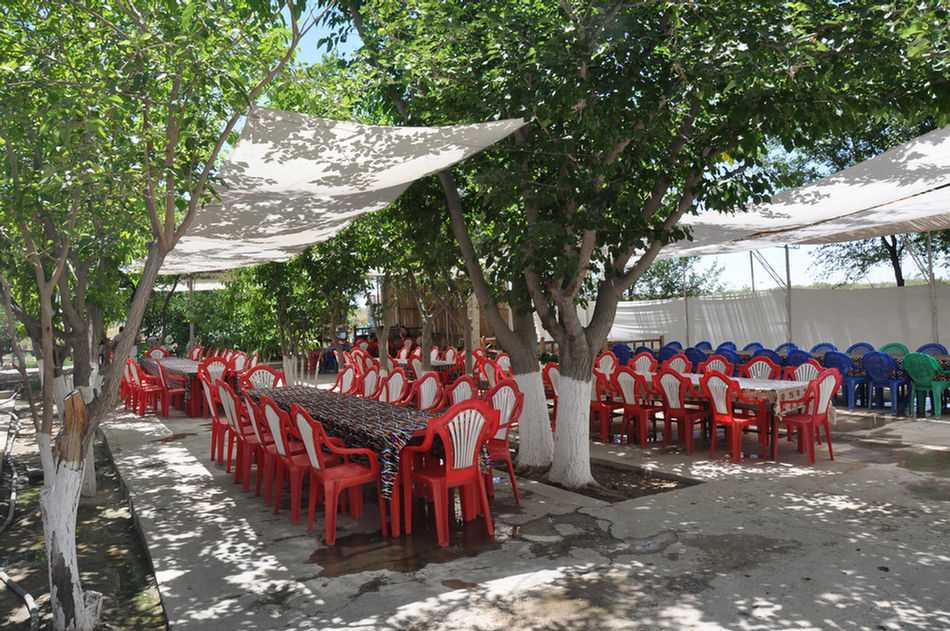
Further along the road we travelled near the Amu Darya River which is one part of the border
between Uzbekistan and Turkmenistan.
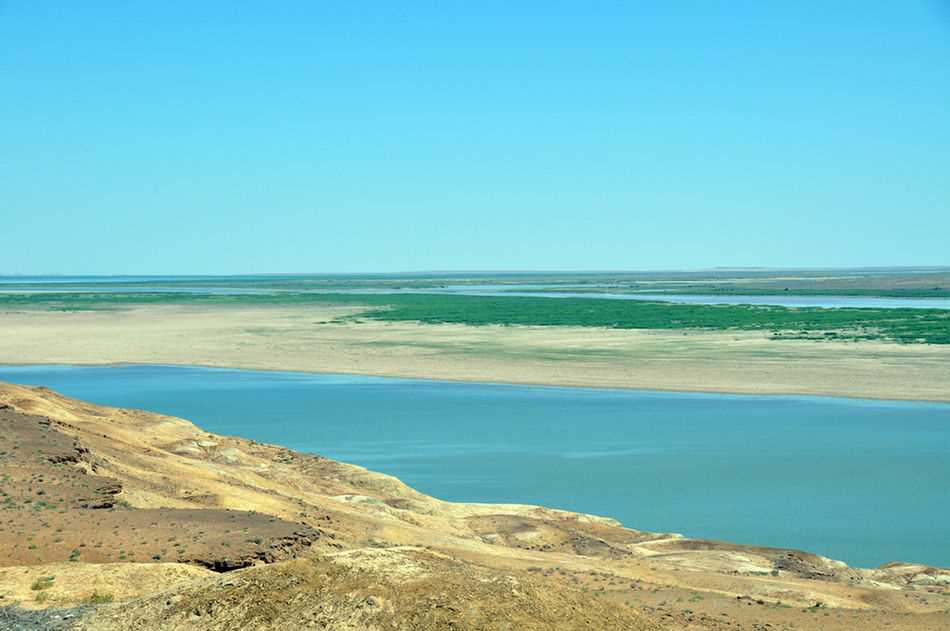
Most of the road was poor, but a German company was constructing a new concrete road along part of the route.
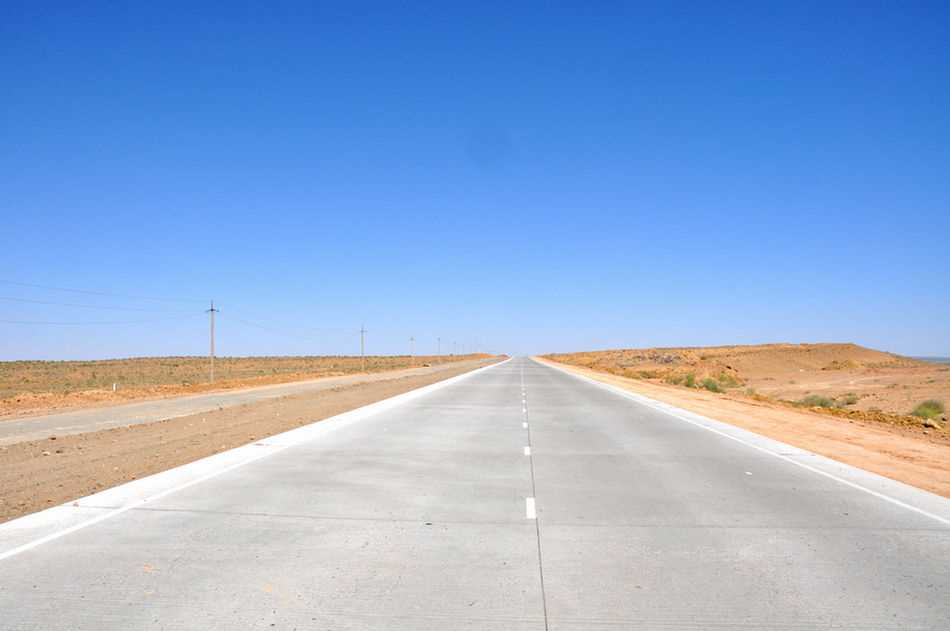
The concret was more than 20cm thick.
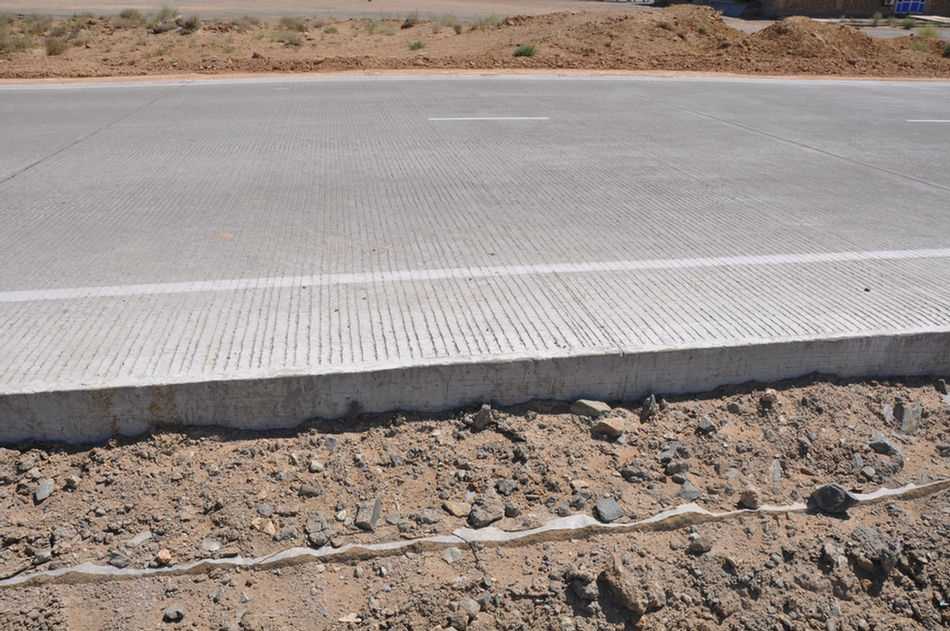
We arrived in Khiva at about 6pm.
Archaeologists assert that the city has existed since the 6th century.
Like Kokand and Bukhara, Khiva was for many years an independent Emirate ruled by a Khan.
Like the other places we have visited, it was an important trading centre on the Silk Road.
One legend says that travellers passing through the city, upon drinking the excellent water,
would exclaim "Khey vakh!" ("What a pleasure!") and hence the city became known as Kheyvakh, hence Khiva.
The wall of the old city was very close to our hotel.
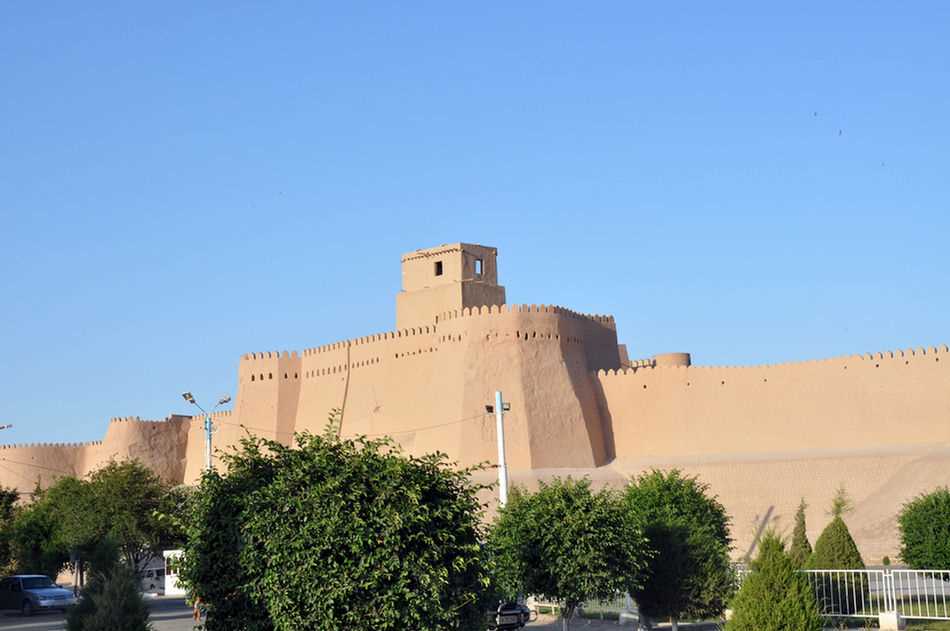
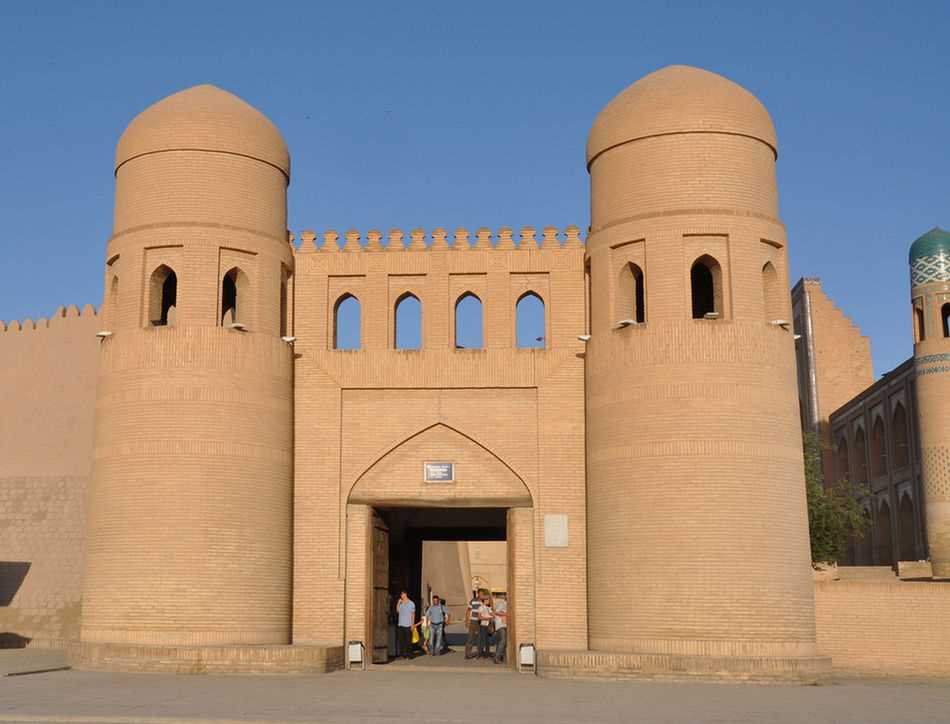
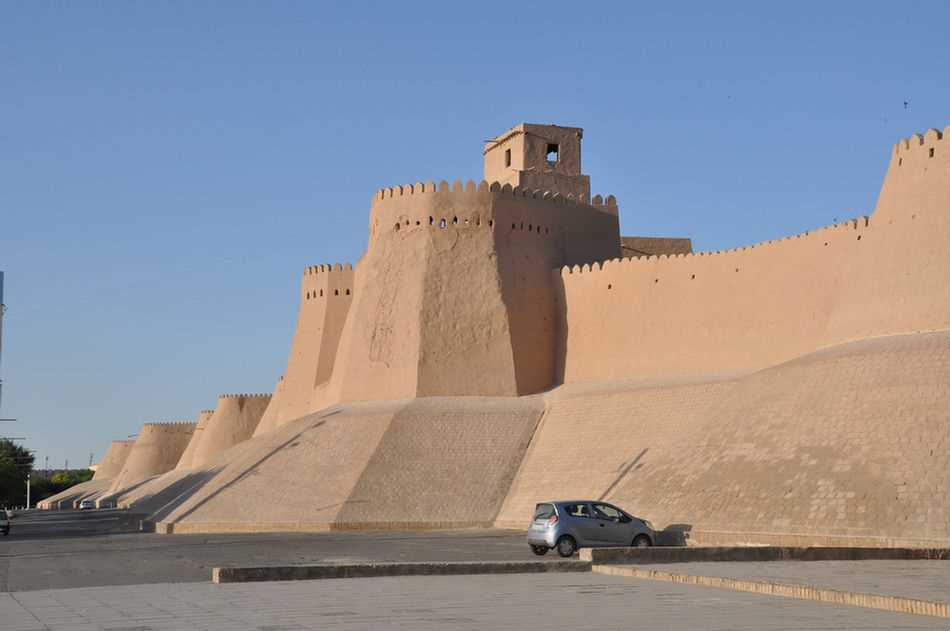
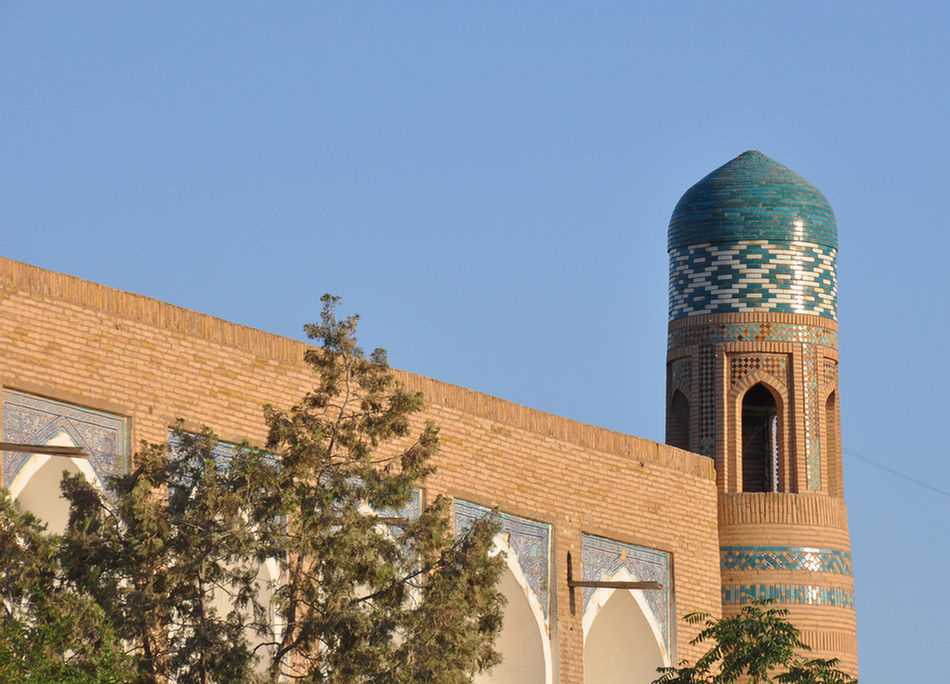
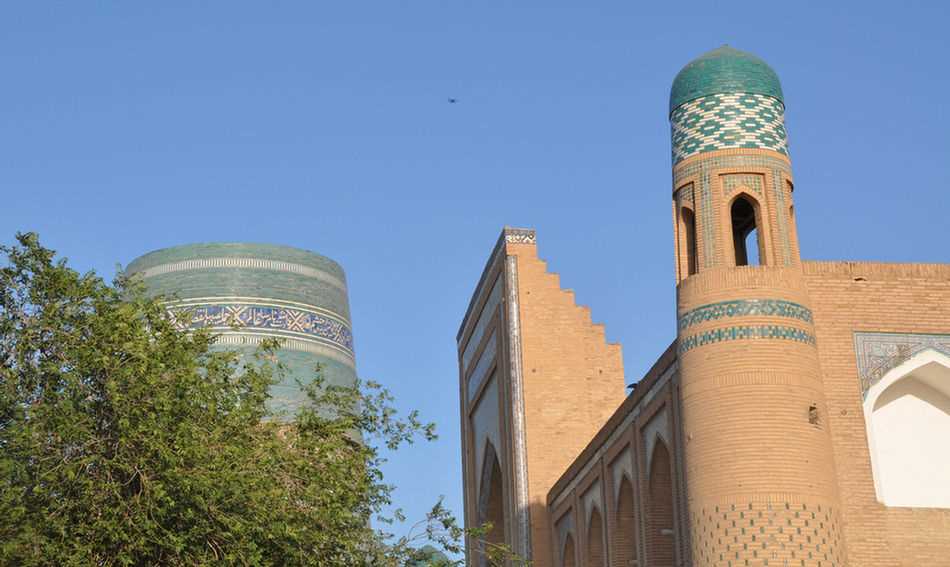
The unfinished minaret is near the entrance.
It was begun in 1851 by Mohammed Amid Kan, who according to legend,
wanted to build a minaret so high that he could see all the way to Bukhara.
However he died in 1855 and the succeeding Khan did not complete it.
Perhaps he realized that if completed, the minaret would overlook his harem and the muezzin would be able
to see the Khan's wives. Construction was thus halted and the minaret remains unfinished.
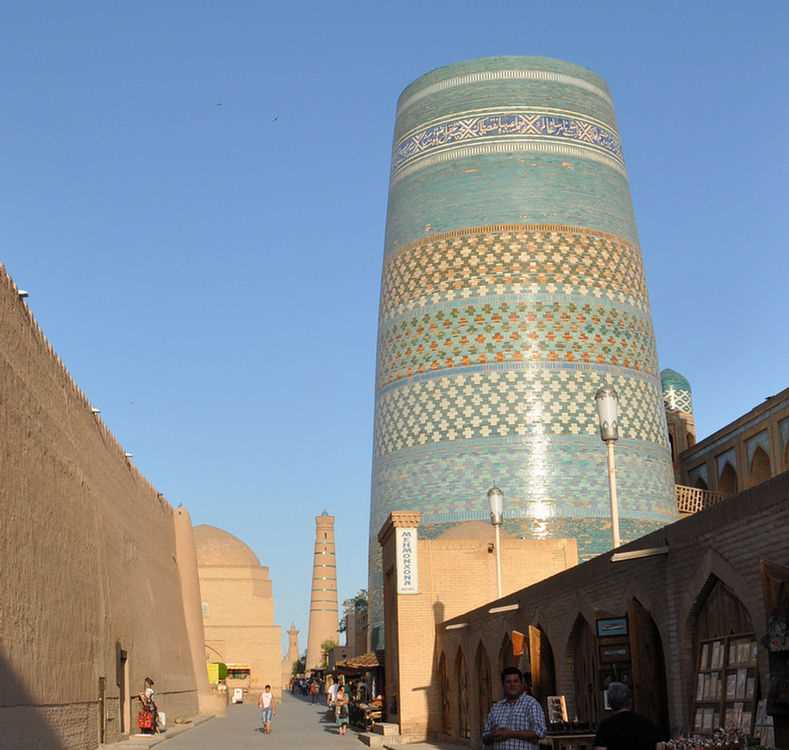
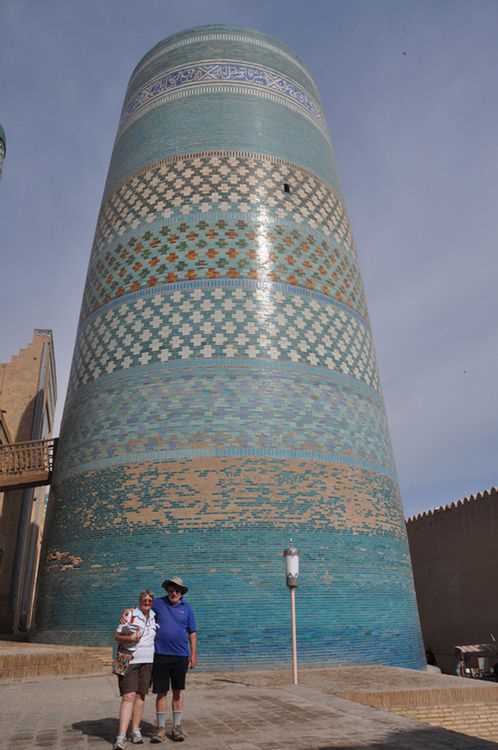
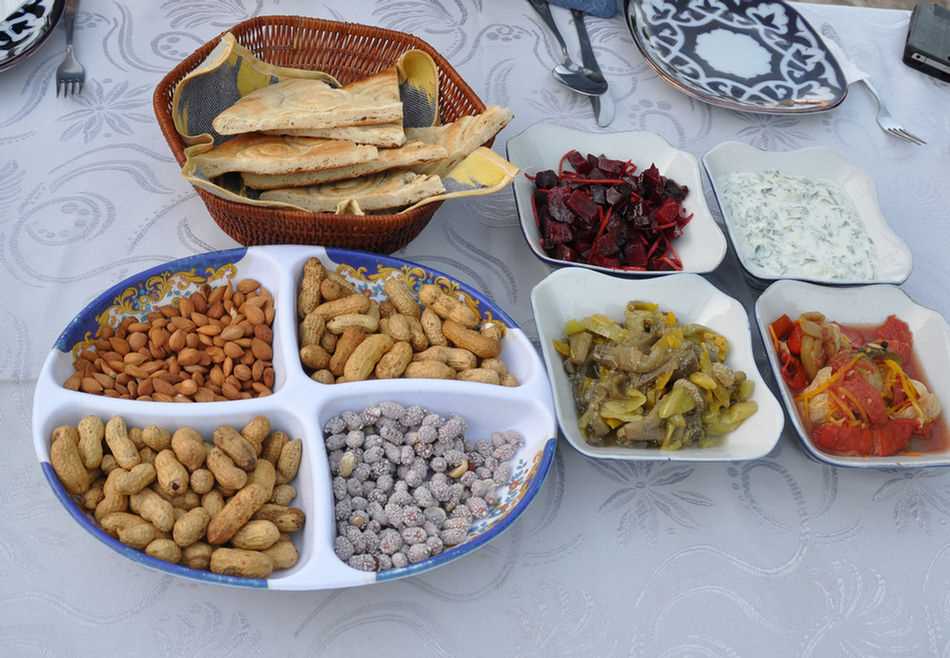
We dined al-fresco at a family restaurant, Mirza Boshi.
We had nuts, salad, meat-ball soup, capsicums stuffed with beef and rice, potato and carrot in broth, and fruit.
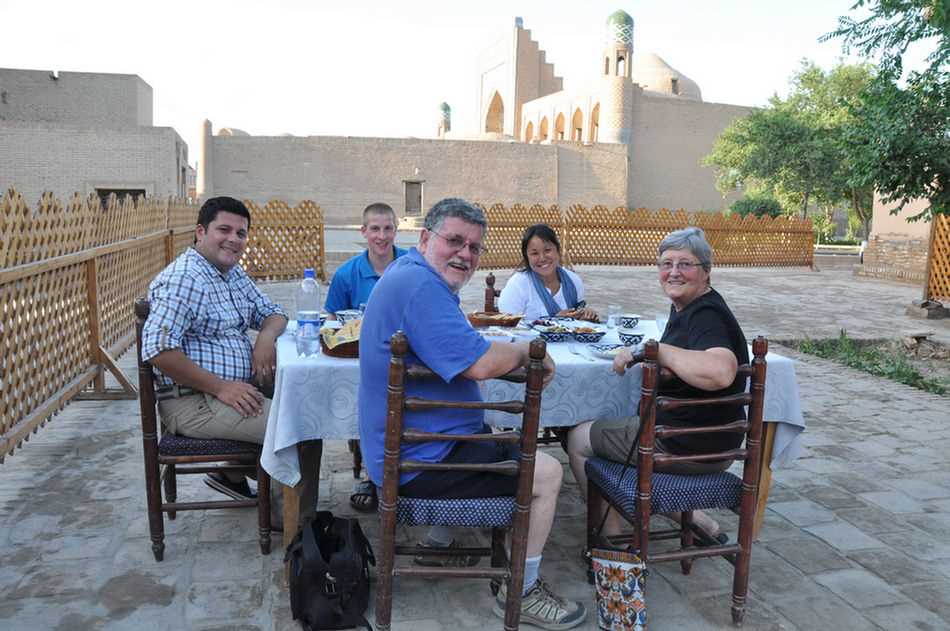
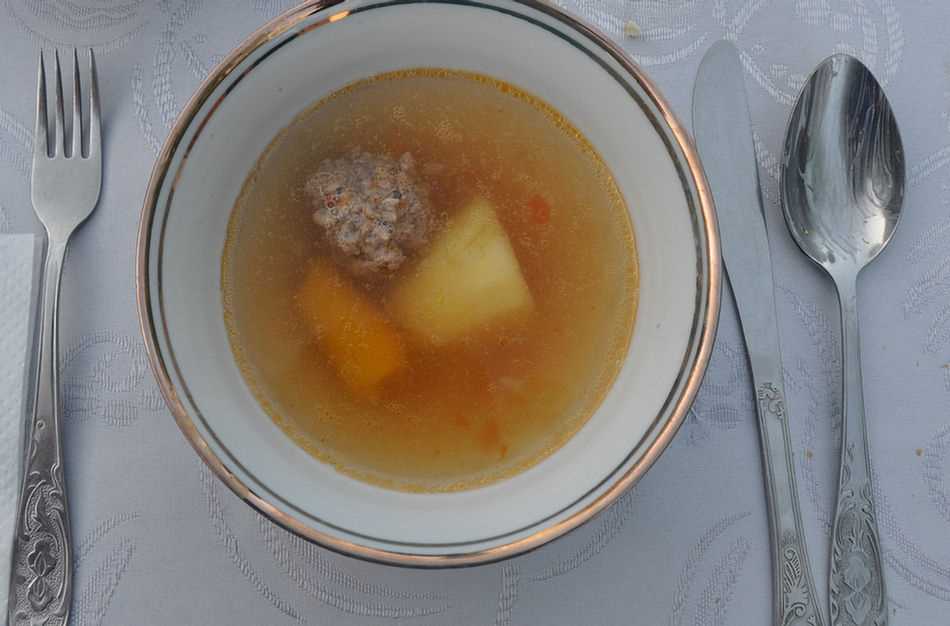
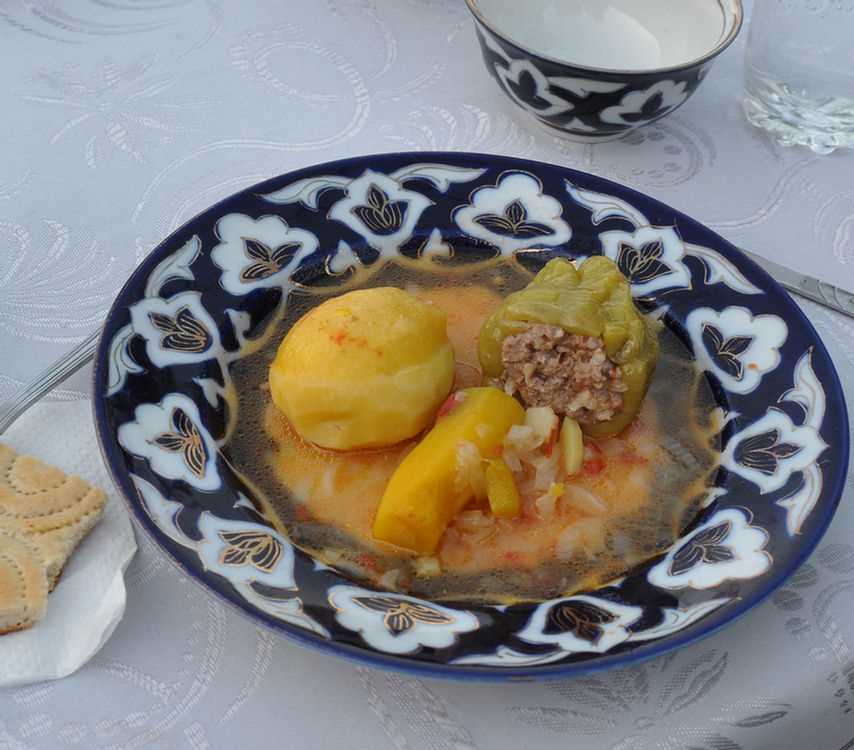
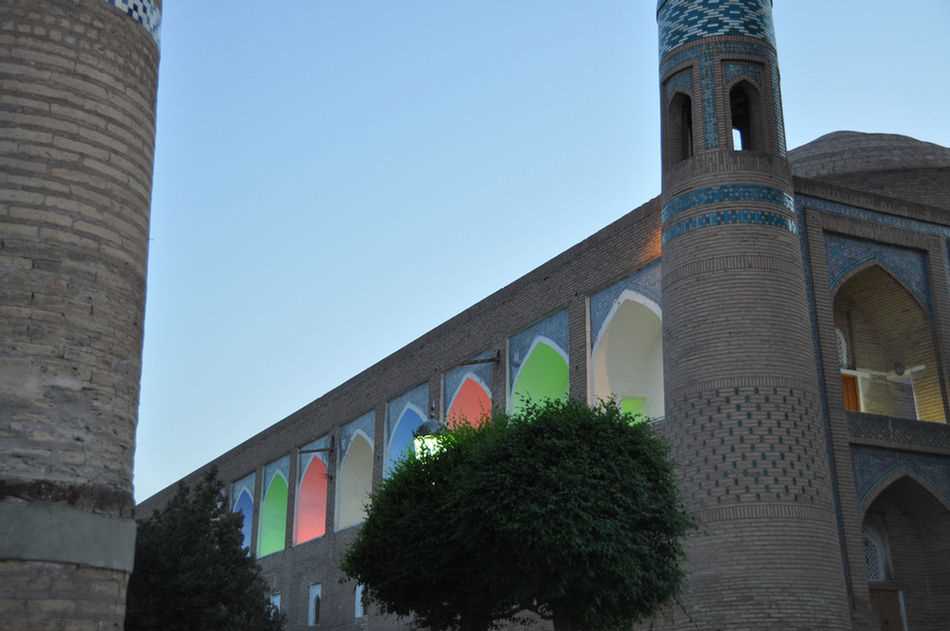

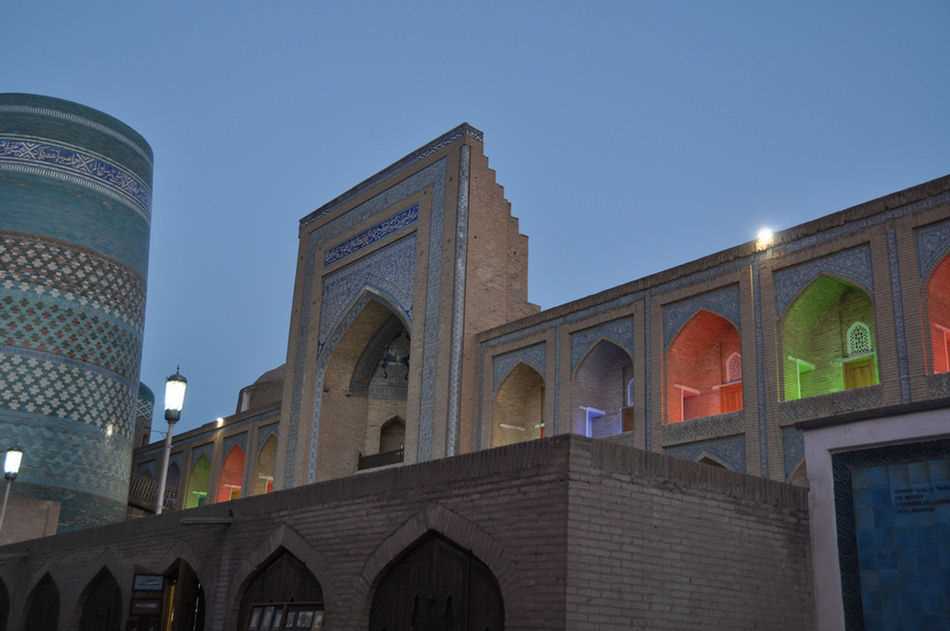

The foyer at our hotel, Khiva Malika Hotel.
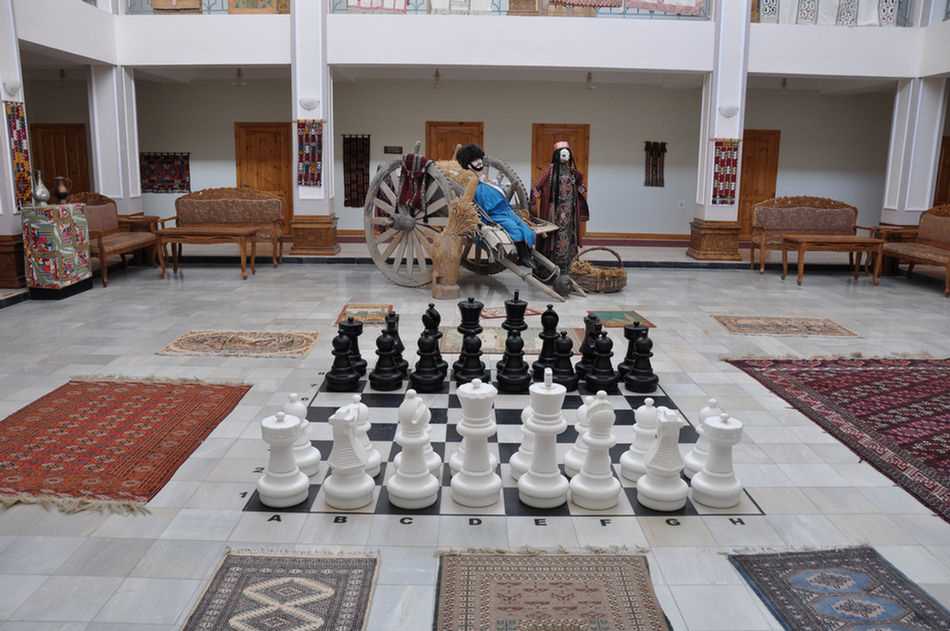
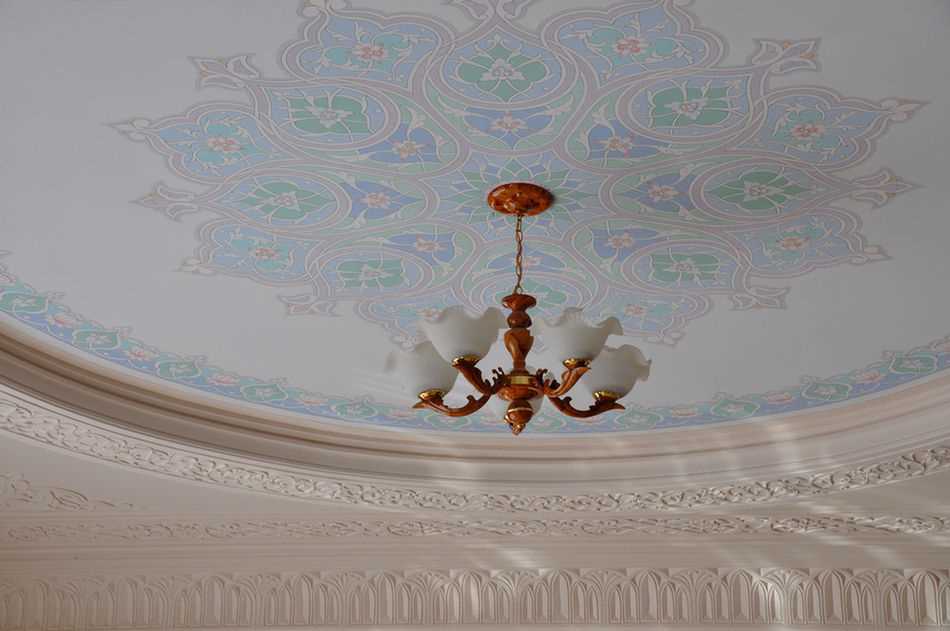
We went to the former Summer Palace of the Khan for our farewell to Uzbekistan dinner.

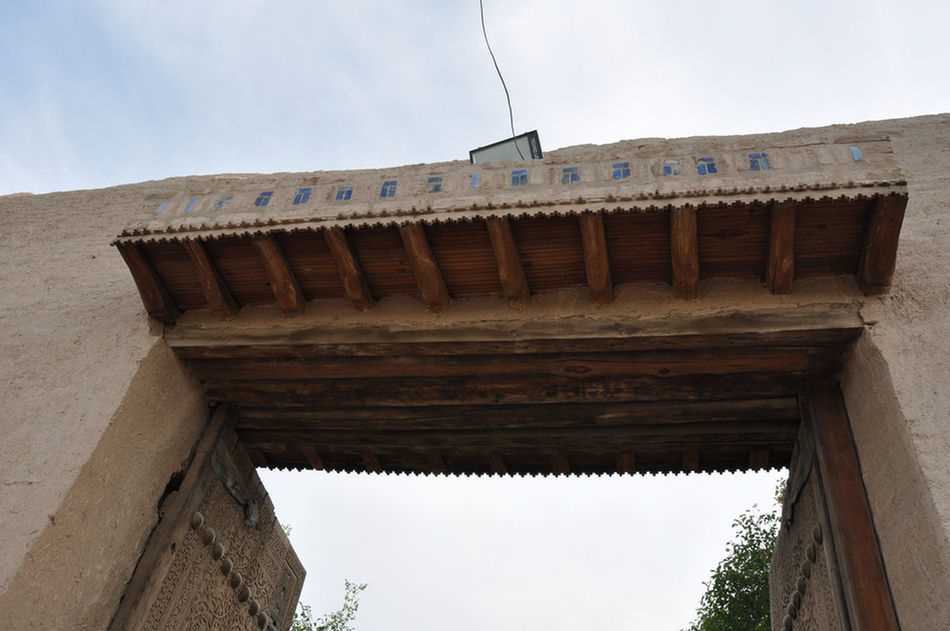
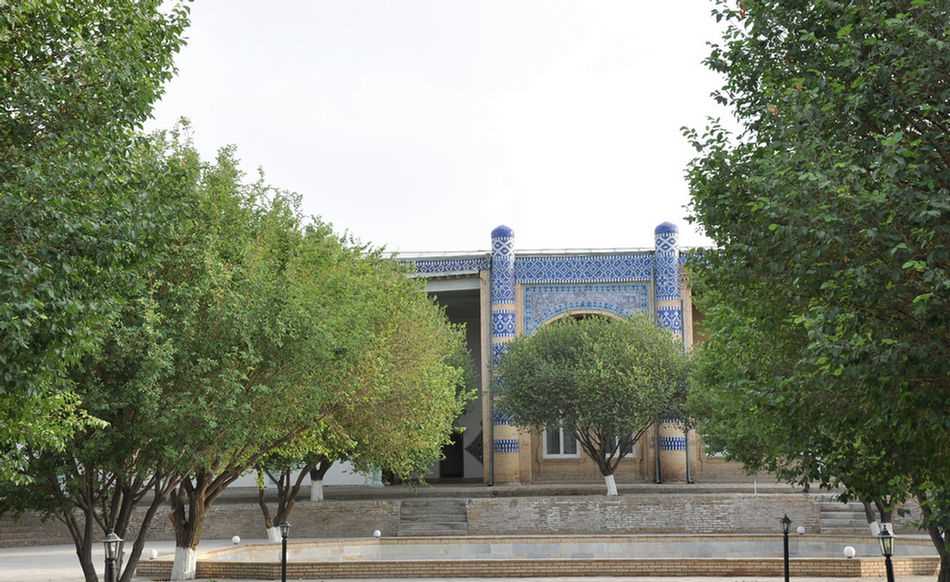
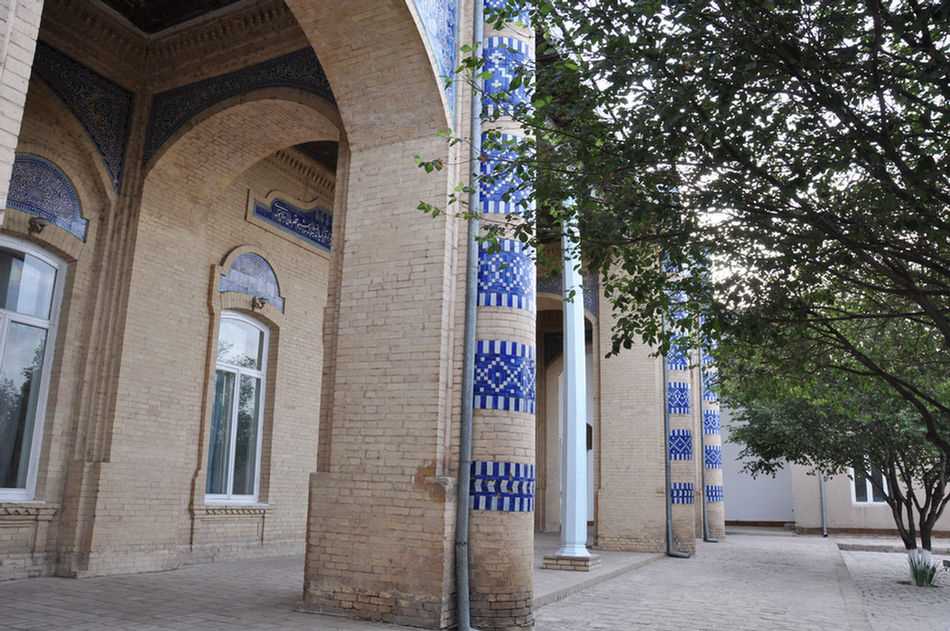
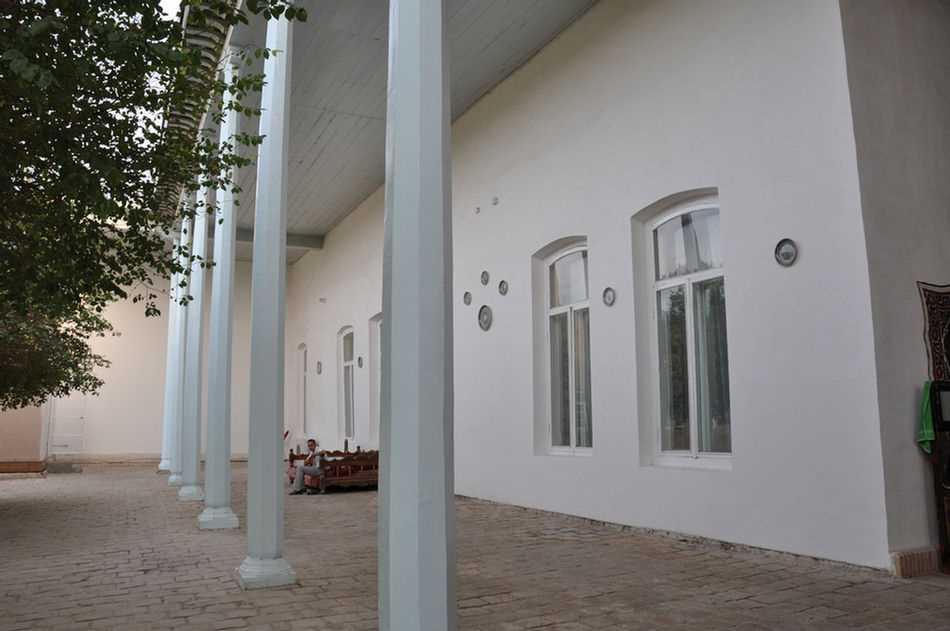

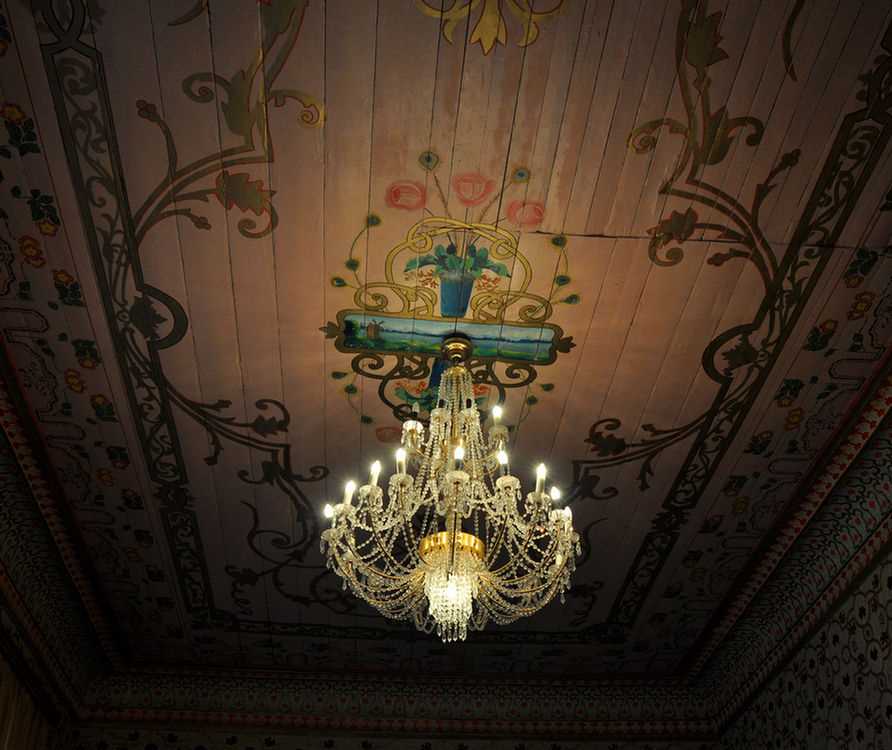

We had salad, soup, pancakes filled with minced beef and rice, cake and fruit.
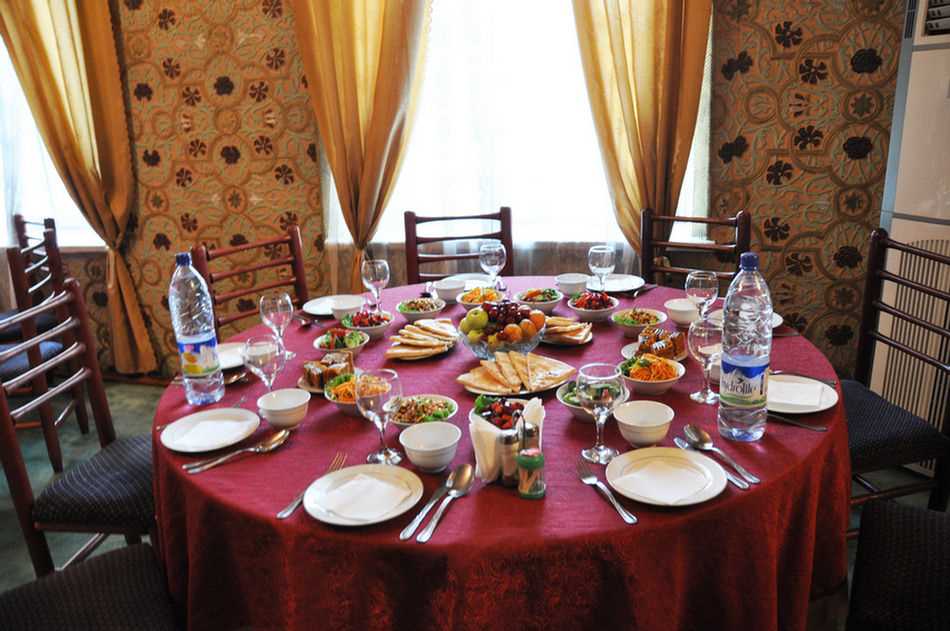
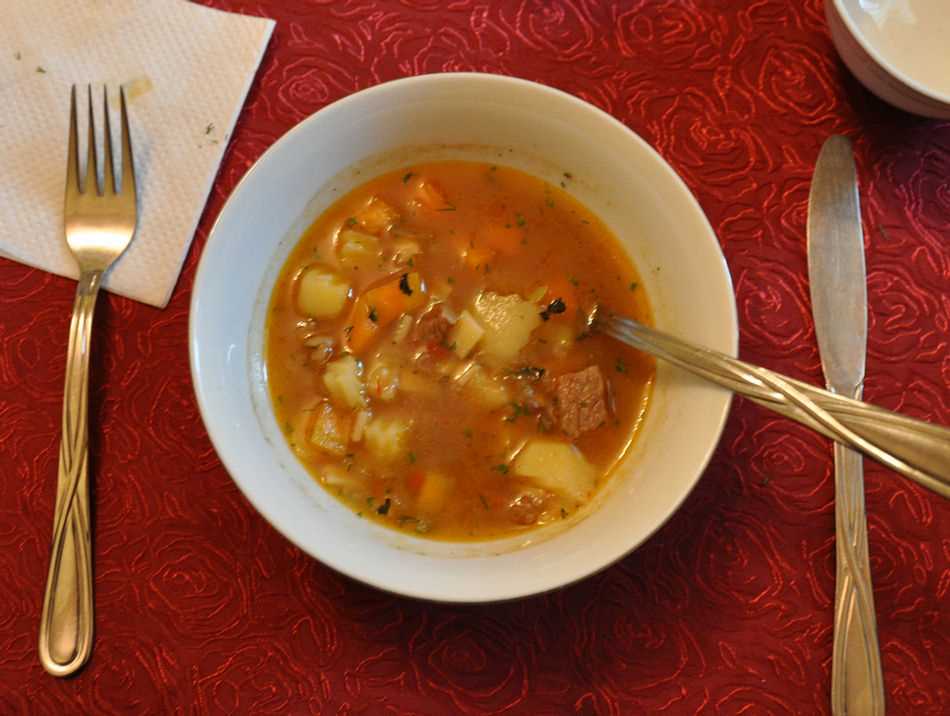
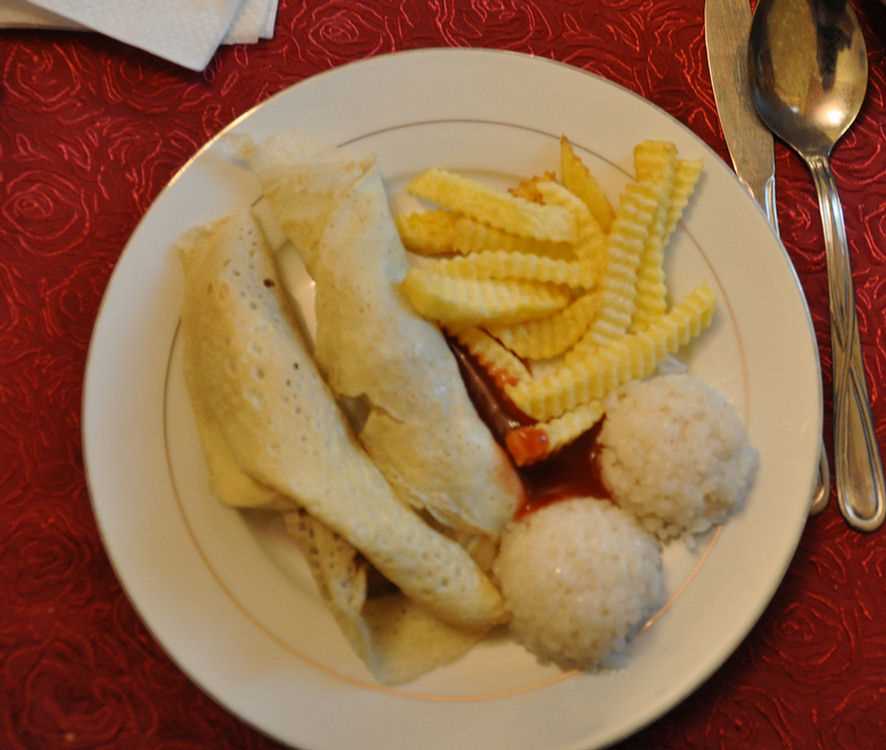
Yui and Mark were not able to get visas for Turmenistan.
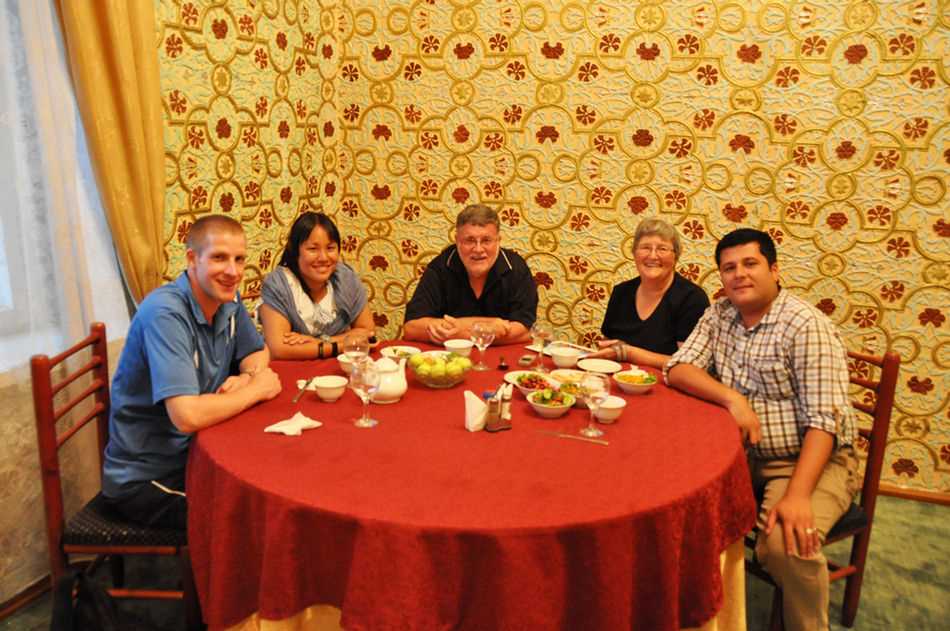
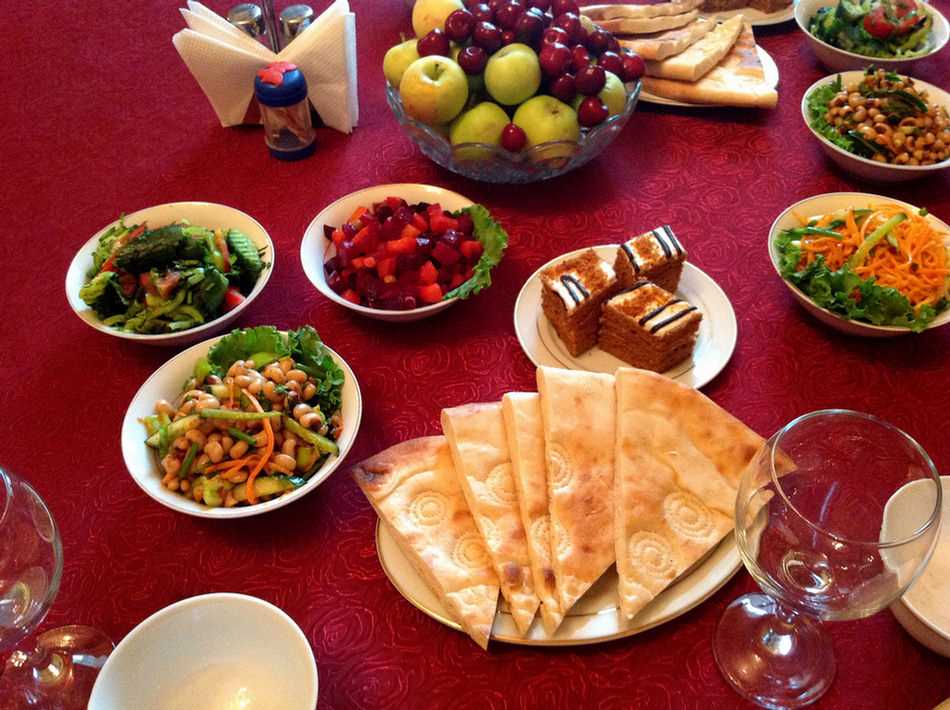
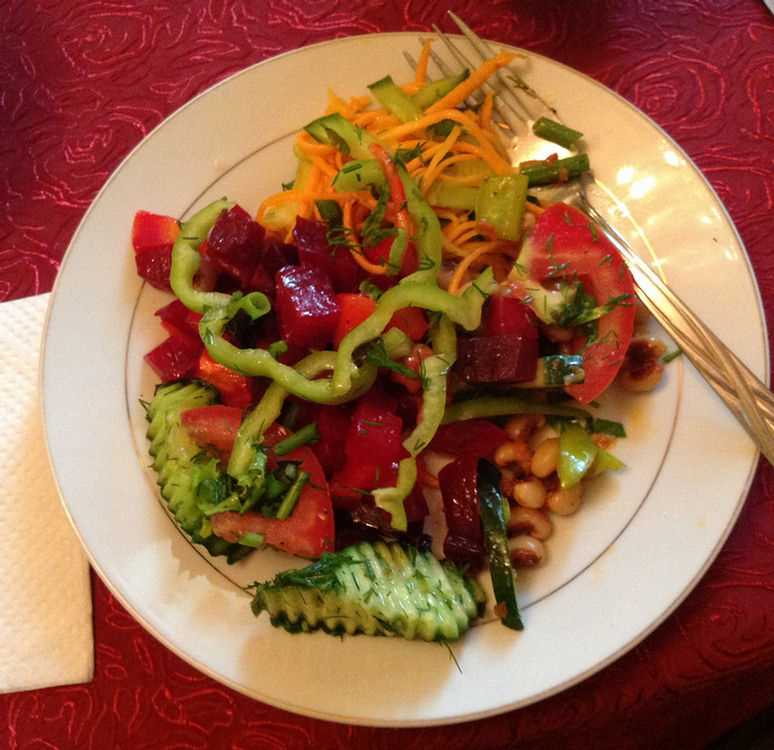
Next ... Inside the Old City at Khiva ...

It is just under 400 km from Bukhara to Khiva mainly through part of the Kyzyl Kum Desert.
Some goats in the desert along the way.




We stopped for a short break at a roadhouse.






Further along the road we travelled near the Amu Darya River which is one part of the border
between Uzbekistan and Turkmenistan.

Most of the road was poor, but a German company was constructing a new concrete road along part of the route.

The concret was more than 20cm thick.

We arrived in Khiva at about 6pm.
Archaeologists assert that the city has existed since the 6th century.
Like Kokand and Bukhara, Khiva was for many years an independent Emirate ruled by a Khan.
Like the other places we have visited, it was an important trading centre on the Silk Road.
One legend says that travellers passing through the city, upon drinking the excellent water,
would exclaim "Khey vakh!" ("What a pleasure!") and hence the city became known as Kheyvakh, hence Khiva.
The wall of the old city was very close to our hotel.





The unfinished minaret is near the entrance.
It was begun in 1851 by Mohammed Amid Kan, who according to legend,
wanted to build a minaret so high that he could see all the way to Bukhara.
However he died in 1855 and the succeeding Khan did not complete it.
Perhaps he realized that if completed, the minaret would overlook his harem and the muezzin would be able
to see the Khan's wives. Construction was thus halted and the minaret remains unfinished.



We dined al-fresco at a family restaurant, Mirza Boshi.
We had nuts, salad, meat-ball soup, capsicums stuffed with beef and rice, potato and carrot in broth, and fruit.







The foyer at our hotel, Khiva Malika Hotel.


We went to the former Summer Palace of the Khan for our farewell to Uzbekistan dinner.








We had salad, soup, pancakes filled with minced beef and rice, cake and fruit.



Yui and Mark were not able to get visas for Turmenistan.



Next ... Inside the Old City at Khiva ...